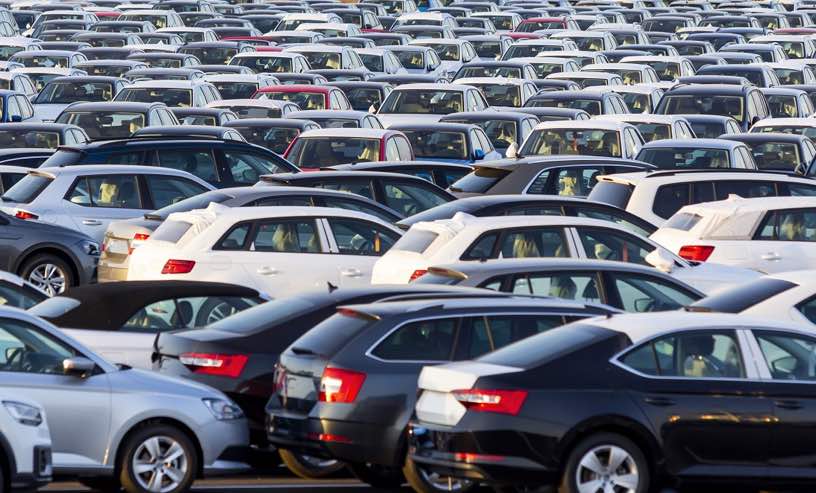Do you know how your car’s carbon dioxide emissions compare to those emitted by other cars? Are some car brands bigger CO2 emitters than others? And do all new car models really produce fewer emissions than the older models on the road?
The world saw air quality and global carbon dioxide emissions plummet in the early days of the Coronavirus pandemic when much of the global population was mandated to stay at home. A study in Nature reported that at the start of the pandemic, CO2 emissions were down by as much as 26% in some parts of the world with an average reduction of 17% overall. These statistics demonstrate how greenhouse gas generated by vehicle usage directly impacts air quality. When looking to reduce your greenhouse gas emissions, it’s good to know which carmakers produce vehicles that generally have less impact on the planet.
Not all vehicles have the same environmental impact. Electric vehicles do not have any direct tailpipe emissions. They do, however, indirectly generate emissions when manufactured and when charged with electricity generated by non-renewable resources, such as coal, natural gas, and oil. Conventional vehicles that use gasoline or diesel generate the most direct emissions although not all vehicles produce the same amount.

The Study and Methodology
Uswitch, a UK-based company that helps consumers compare prices on products and services such as electricity and mobile phone contracts, conducted a study of newly registered passenger vehicle data from 2020 provided by the European Environment Agency to understand the amount of pollution created by cars in the UK and which cars produce the most pollution individually. They also calculated the total pollution that each carmaker’s combined fleet produced.
They compared more than 50 car brands using the New European Driving Cycle (NEDC), an international testing standard, to assess emission levels and fuel economy. Uswitch used the assumption that the average British car owner drove 7,400 miles (11,909 kilometers) per year.
Results
The report found newly registered luxury cars produce the most CO2 per car. Fast cars, big yachts, and multiple homes make the wealthy much larger contributors to global warming. The top 10% of U.S. households, which includes families with $158,002 annual income, produce 3.2 times the greenhouse gas emissions of the lowest 10% of households the London School of Economics reported in 2017.
The luxury sports car brand Bugatti received the highest NEDC with an average of 0.52 kg/km — much higher than any other brand. In second place was Rolls Royce with 0.35 kg/km, followed by Lamborghini and Ferrari with similar NEDC data. But vehicles don’t have to be expensive to produce high levels of pollution. Notably, Chevy vehicles came in fifth with similar emissions to Ferraris, which are sports cars known for speed and are not expected to be fuel-efficient. McClaren, Aston Martin, Maserati, DFSK, and Lotus were above the 0.20 kg/km mark as well.
These highly expensive car brands are huge polluters, but the vast number of vehicles made for the mass market make a bigger impact overall. Uswitch also calculated each carmaker’s entire pollution contribution across all the cars they and reported which would produce the most pollution. The greatest number of newly registered cars in the UK in 2020 was manufactured by Ford (a total of 2.3 million); as a result, Ford was the carmaker responsible for the most tailpipe pollution altogether.

Your Driving Impact
While most of us don’t drive luxury cars, we can still reduce our car emissions by developing eco-friendly driving habits. How you drive directly influences how much gasoline your car uses and, therefore, the emissions it generates. Even if you do drive a Bugatti or Rolls Royce, you can reduce your car’s emissions by improving your fuel economy.
And when it’s time for a new car, buy the greenest car you can afford. If an electric vehicle or a hybrid isn’t the right choice for you, strive for the most fuel-efficient cars on the market for your budget.
The post Which Car Brands Emit the Most Carbon Dioxide? appeared first on Earth911.








